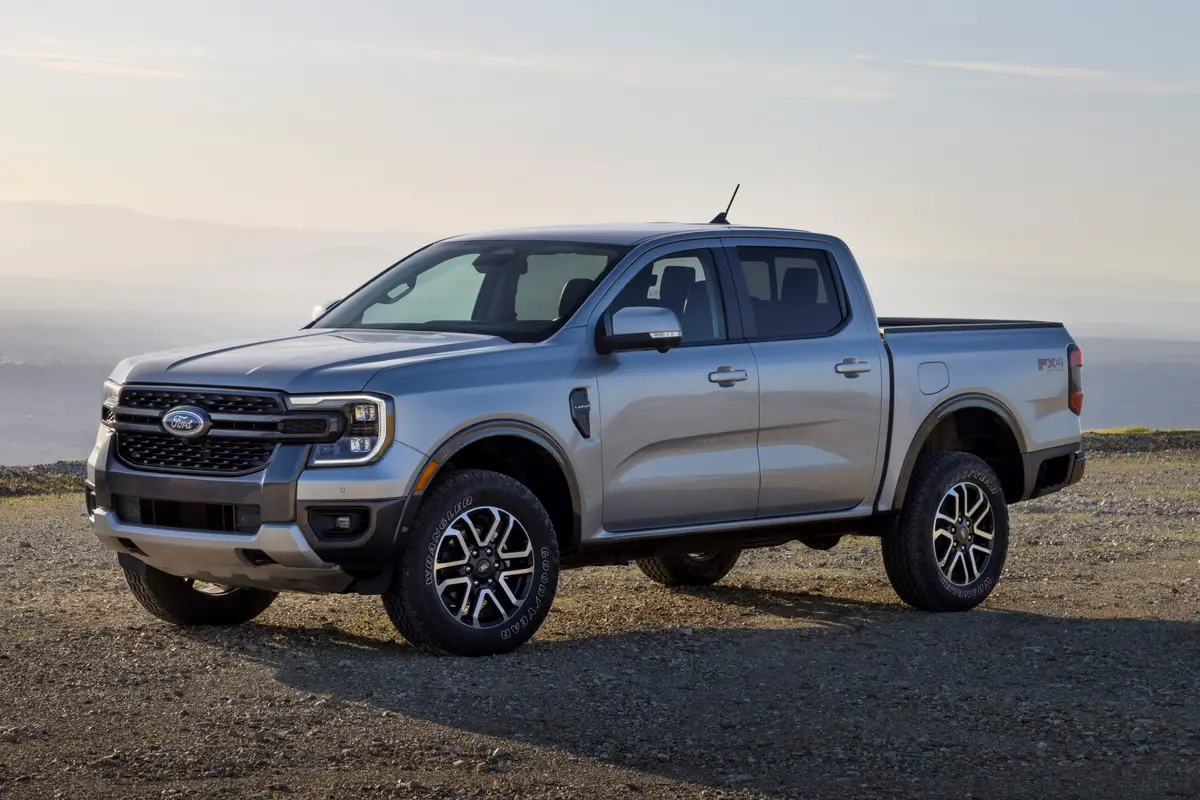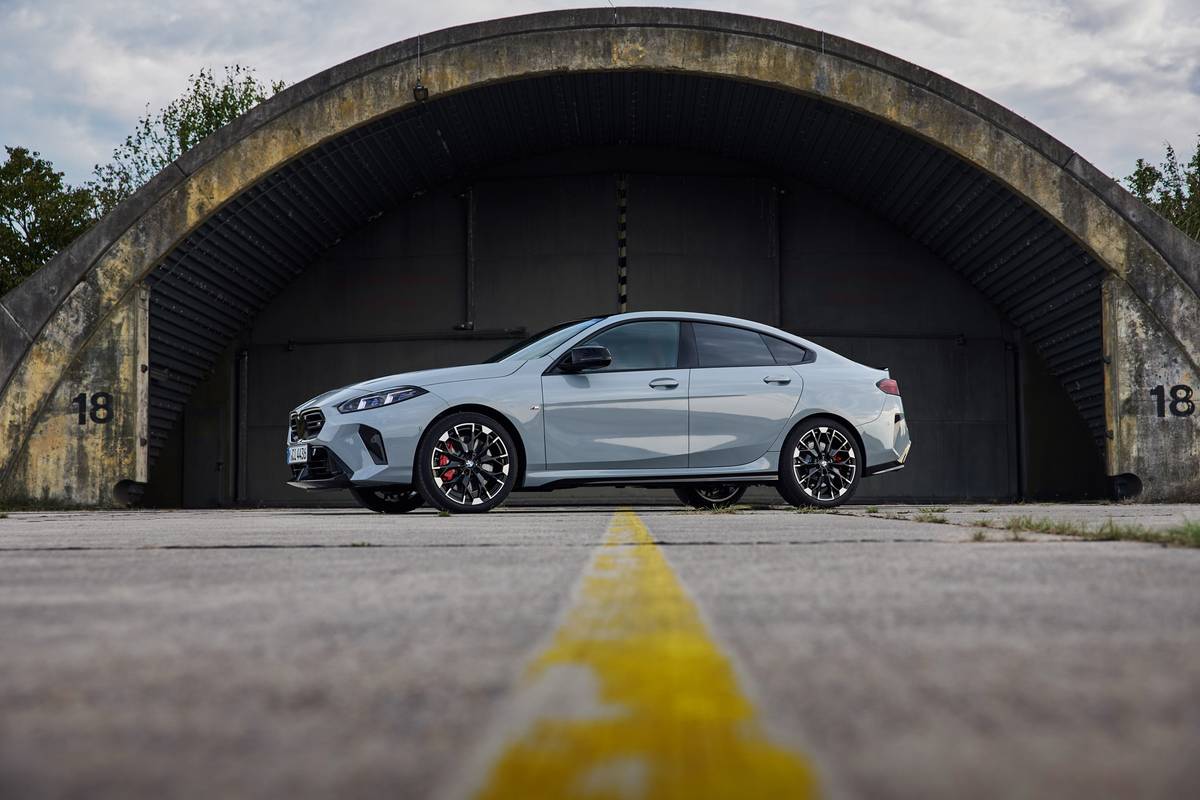Orlando Sentinel's view
I suppose something must be wrong with the V-8 engine in the 2006 Volvo XC90, but I’m at a loss to explain what it is. The engine is smooth, powerful, compact and not as thirsty as comparable V-8s.
So why isn’t it being used in a variety of other Ford products, instead of just the Volvo XC90 sport ute? My guess is that it’s a little pricey, because it’s made in Japan by Yamaha, the motorcycle company. This isn’t Yamaha’s first foray into the world of automotive powerplants — it builds a four-cylinder engine for Toyota and built the engine that powered the Ford Taurus SHO. The Volvo V-8, interestingly enough, is not that different in design and execution from that SHO engine.
Regardless of the reason, it’s hard to drive around in the Volvo XC90 and not think what a great engine this would make for, say, an up-level version of the Ford Five Hundred sedan.
With the XC90, it’s helpful that this excellent engine is bolted into an already-excellent vehicle. The XC90 was introduced for the 2003 model year, based loosely on the same platform as the Volvo S80 sedan. Two engines were available: a 2.5-liter, 208-horsepower five-cylinder, or a 2.9-liter, 268-horsepower six-cylinder. The 2.5-liter engine remains as the standard powerplant, while the V-8 joined the lineup midway through the 2005 model year. The six-cylinder is gone. The base model is offered in front- or all-wheel drive, while the V-8 is all-wheel drive only. This is Volvo’s first V-8.
As pleasant as the V-8 is, the 2.5-liter is no slouch, especially if you don’t need the extra weight, cost and complexity of all-wheel drive. Base price of the 2.5 is $35,640, and base price for the V-8 model is $45,840. With several options, including bigger 18-inch tires and wheels, a $1,995 rear-seat entertainment package with a DVD player, a “touring” package and a “convenience” package, the bottom line was $52,095. The expected amenities are there, plus rear sonar parking assist, retractable mirrors and a premium sound system.
This being a Volvo, there’s also a lengthy roster of safety equipment, including electronic stability control, side-curtain air bags, a whiplash protection system, a security system with a separate backup battery for a siren; traction control; and roll stability control. Really, though, the most impressive safety features are those that make the XC90 stop, turn and handle in such a manner that you tend to forget you’re in a sport-ute, such as the vehicle’s big disc brakes and unobtrusive all-wheel drive. Only in sharp cornering do you notice the SUV’s comparatively high center of gravity. Otherwise, the XC90 seems like a tall station wagon. It’s capable of mild off-roading, but that isn’t the XC90’s long suit.
Volvo says the XC90 is a seven-passenger vehicle, but it’s really more of a five-passenger model with a pair of small flip-up rear seats suitable for kids. Up front, there’s plenty of room.
On the road, the XC90 is an excellent companion for long-distance touring. The V-8 is nicely matched to its six-speed automatic transmission, which is also Japanese. Acceleration is brisk, but as you come to a stop, the transmission sometimes downshifts in a surprisingly abrupt manner, not quite in keeping with the rest of the powertrain’s sophistication. Fuel mileage is EPA-rated at 15 mpg city, 21 mpg on the highway. We averaged about 17 mpg overall.
Fifteen years ago, it seemed profoundly unlikely that we’d be seeing SUVs from companies such as Volvo, Volkswagen, Porsche and BMW. But although they were relatively late to the party, they’ve all built some excellent vehicles. The XC90 is no exception.
Sentinel Automotive Editor Steven Cole Smith’s TV report airs today on Central Florida News 13.
Latest news



